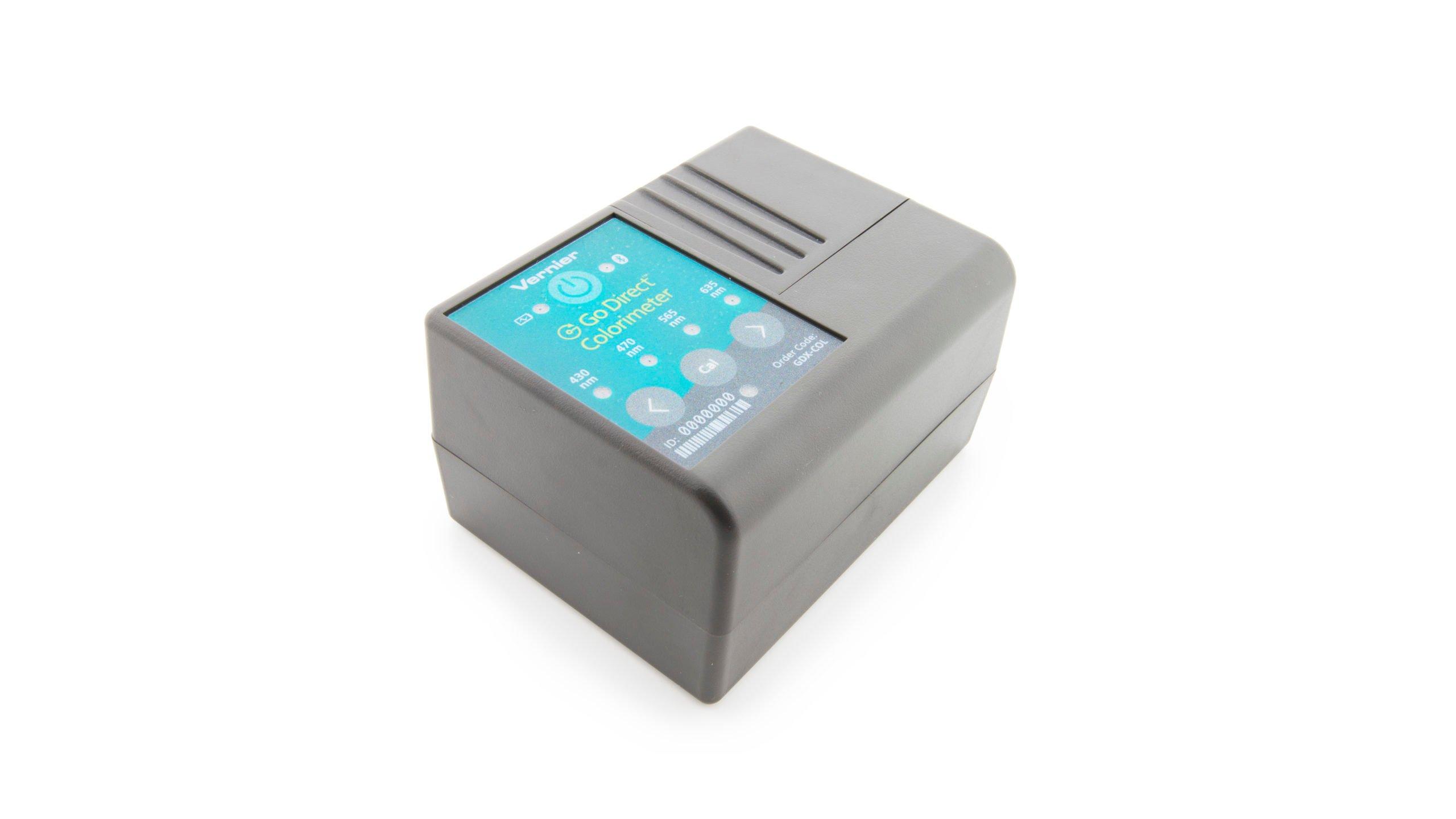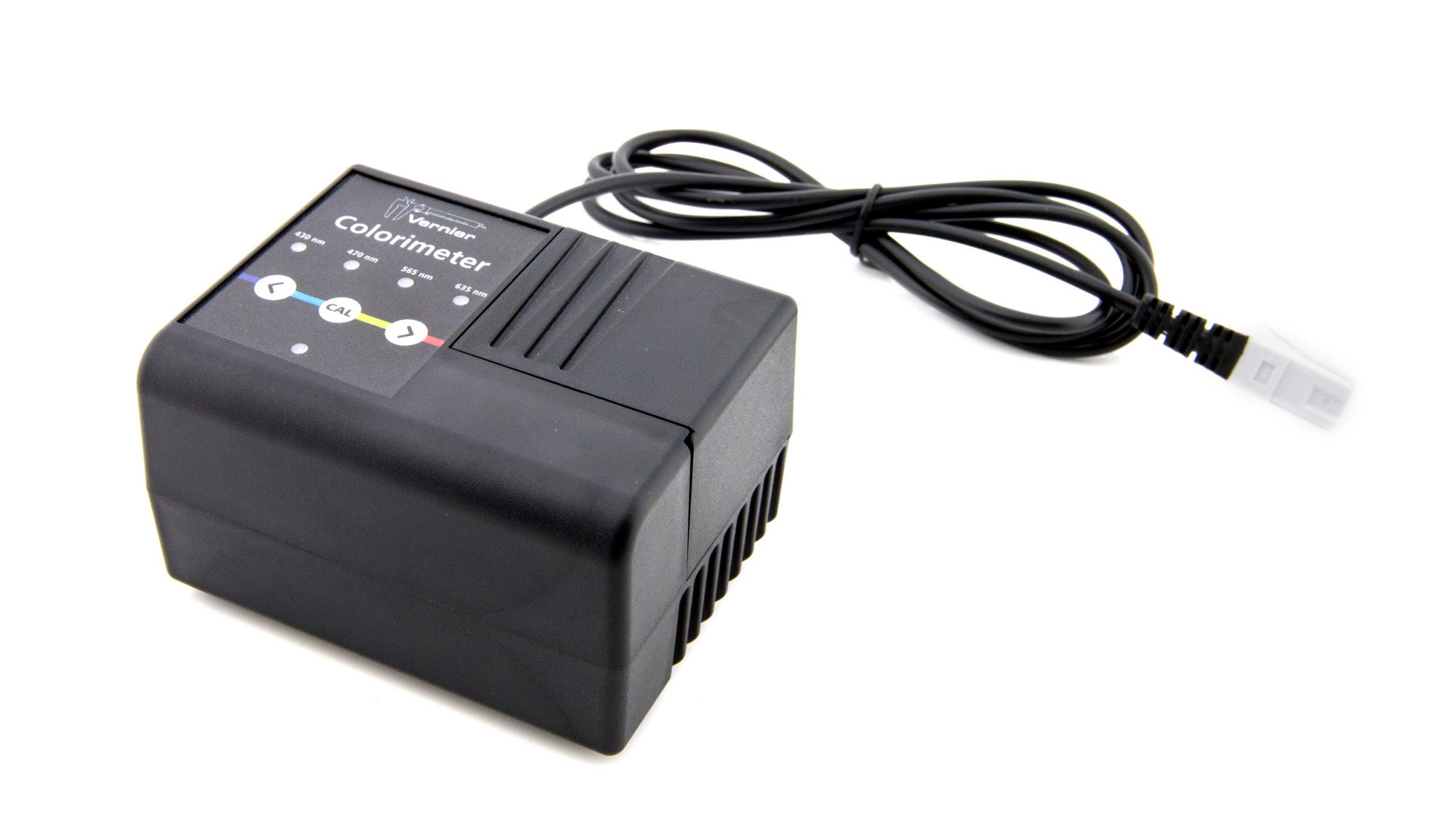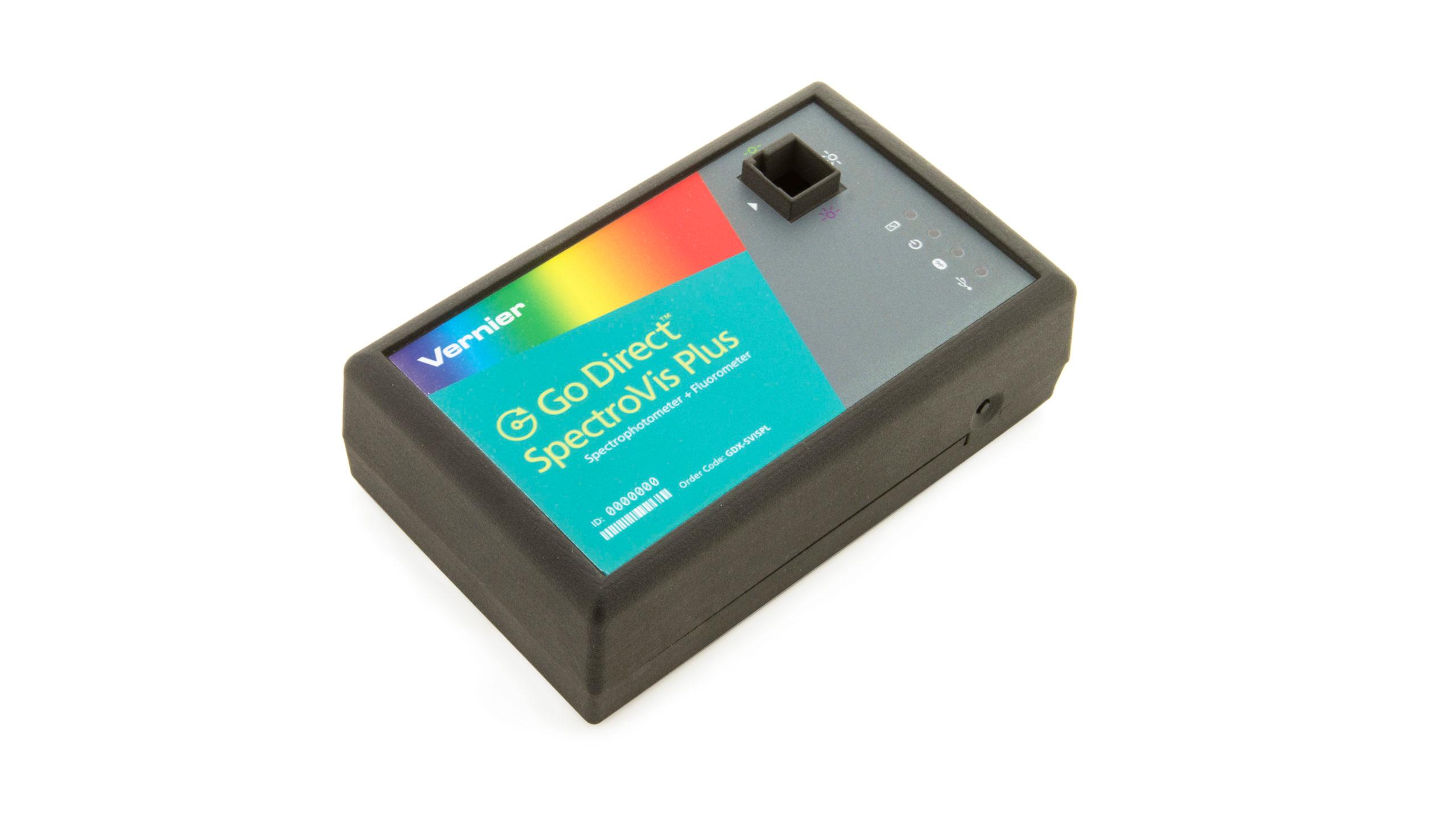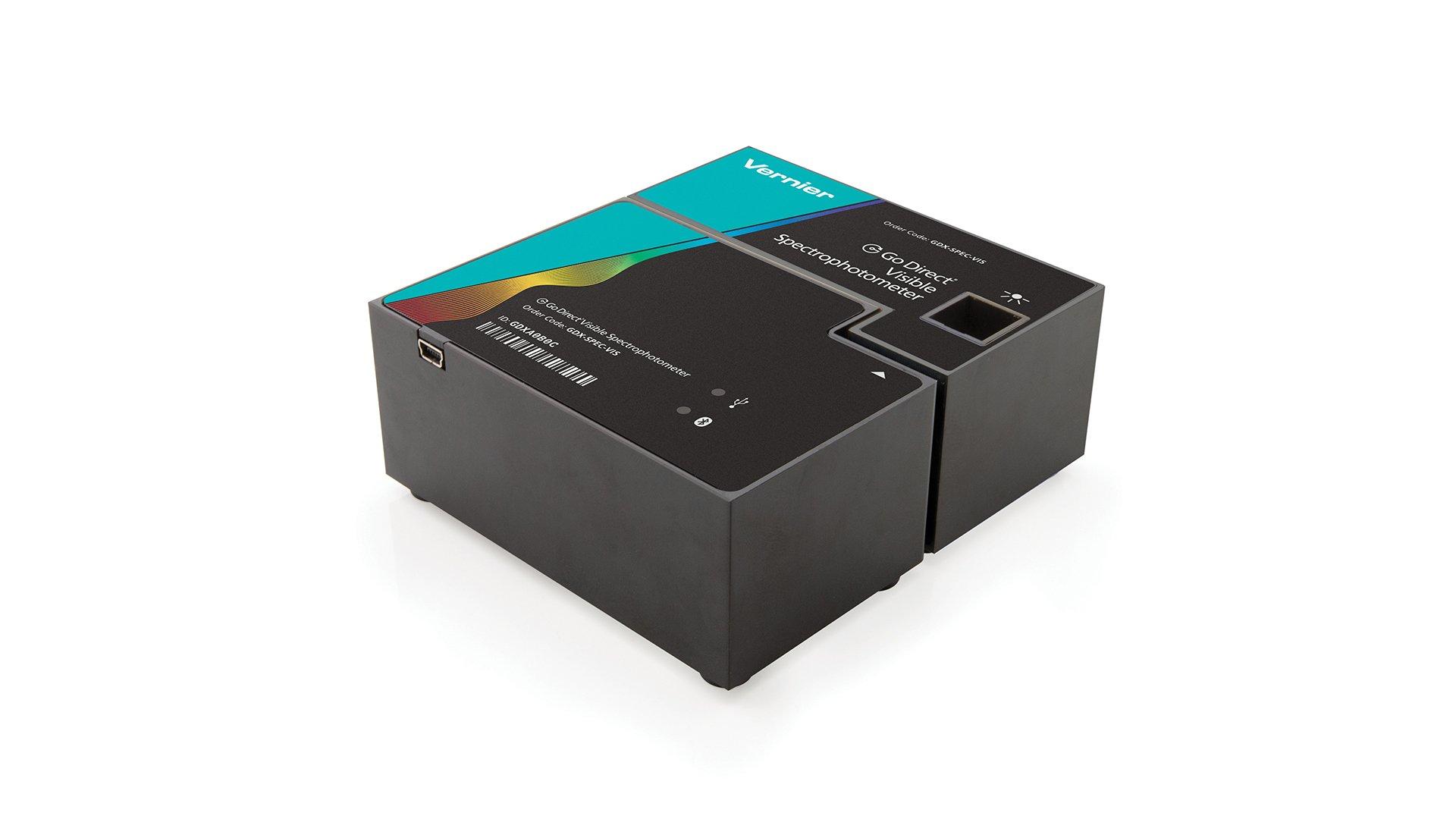
Introduction
The primary objective of this experiment is to determine the stress that various alcohols have on biological membranes. Membranes within cells are composed mainly of lipids and proteins and often serve to help maintain order within a cell by containing cellular materials. Different membranes have a variety of specific functions.
One type of membrane-bound vacuole found in plant cells, the tonoplast, is quite large and usually contains water. In beet plants, this membrane-bound vacuole also contains a water-soluble red pigment, betacyanin, that gives the beet its characteristic color. Since the pigment is water soluble and not lipid soluble, it remains in the vacuole when the cells are healthy. If the integrity of a membrane is disrupted, however, the contents of the vacuole will spill out into the surrounding environment. This usually means the cell is dead.
In this experiment, you will test the effect of three different alcohols (methanol, ethanol, and 1-propanol) on membranes. Ethanol is found in alcoholic beverages. Methanol, sometimes referred to as wood alcohol, can cause blindness and death. Propanol is fatal if consumed. One possible reason why they are so dangerous to living organisms is that they might damage cellular membranes. Methanol, ethanol, and 1-propanol are very similar alcohols, differing by the number of carbon and hydrogen atoms within the molecule. Methanol, CH3OH, is the smallest, ethanol, CH3CH2OH, is intermediate in size, and 1-propanol, CH3CH2CH2OH, is the largest of the three molecules.
Objectives
In this experiment, you will
- Use a Colorimeter to measure the color intensity of beet pigment in alcohol solutions.
- Test the effect of three different alcohols on membranes.
- Test the effect of different alcohol concentrations on membranes.
Sensors and Equipment
This experiment features the following sensors and equipment. Additional equipment may be required.
Option 1

Option 3

Correlations
Teaching to an educational standard? This experiment supports the standards below.
- International Baccalaureate (IB) 2025/Biology
- B2.1.1—Lipid bilayers as the basis of cell membranes
- B2.1.2—Lipid bilayers as barriers
Ready to Experiment?
Ask an Expert
Get answers to your questions about how to teach this experiment with our support team.
- Call toll-free: 888-837-6437
- Chat with Us
- Email support@vernier.com
Purchase the Lab Book
This experiment is #8 of Biology with Vernier. The experiment in the book includes student instructions as well as instructor information for set up, helpful hints, and sample graphs and data.



